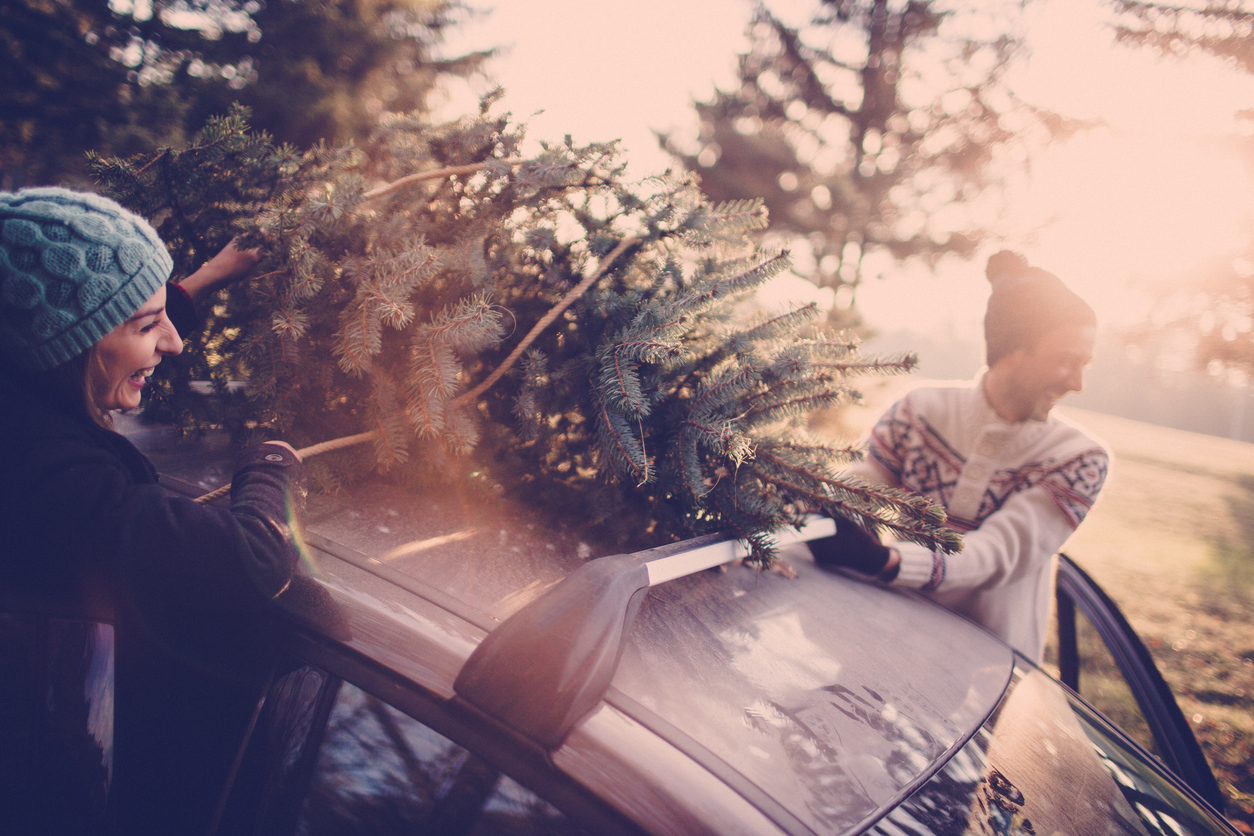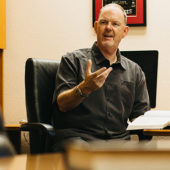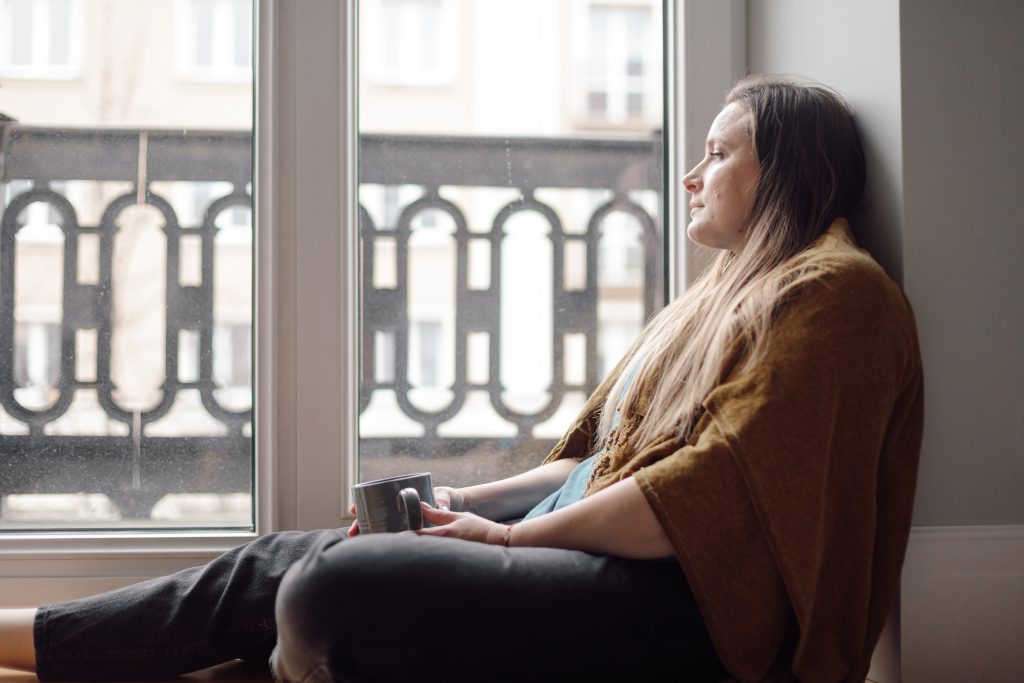One of my favorite traditions is putting up the Christmas tree. As soon as Thanksgiving is over, the entire family heads to the tree lot. We have to agree on that one tree that will get the honor of being tied to the roof of our car and hauled off to the Mintle house. In families, agreement can take awhile!
When we get home, my husband pulls out the stand and the guys drag the bare tree into the house. We put on Christmas carols, turn on the fireplace and make hot chocolate.
My husband usually complains about all the lights he has to do—he wraps each branch and uses hundreds of lights. So far, I have avoided the threat of an artificial tree! But I have to wonder, how many more patient years are in his light decorating efforts!
Many of the ornaments have special meaning—ones kids made, ones that were gifts, and ones we picked up traveling all over the world. The result of our labor of love is truly a beautiful tree! And the smell of that real tree completes the experience.
Speaking of trees, the tradition dates back to the Middle Ages. A fir tree with apples hung on branches, called the Paradise Tree, was used in a popular play that told the story of Adam and Eve being expelled from the Garden of Eden. This play was performed during Advent season and ended with the prophecy of Christ’s return.
The tradition of the Christmas tree really took off in Germany during the 16th century. The decorations were slightly different with apples, roses, candies, and colored paper adorning the branches.
And, supposedly, the Protestant Reformer, Martin Luther, added lights to our trees. The story goes that he was traveling home one December night and saw beautiful stars shining through the branches of a fir. Inspired by the beauty, he placed candles on a fir tree in his home. Beautiful, but sounds like a fire hazard today!
And while I have never followed the old German tradition of putting a pickle in the Christmas tree for the children to find in order to get a present, traditions are important for families. They are memory makers and provide generational continuity.
This weekend, we talk about Christmas traditions and the meanings behind them. Our hope is that you will adopt a few for your family and celebrate the true meaning of the season.
Of course, the most important tradition is to take time to read the Christmas story. Act it out, take turns reading, or simply have one person do the honors. The story centers the holiday where it needs to be! Then, rejoice! Christ was born! Celebrate the babe!
Celebrating our Christmas traditions




















